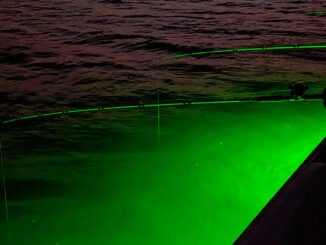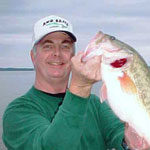Three SC striper hotspots when the weather sizzles
(Photo by Terry Madewell)
Try these three major reservoirs if you’re looking for big stripers or p

Nighttime is the right time for catching Santee Cooper’s springtime stripers. […]

Copyright 1999 - 2024 Carolina Sportsman, Inc. All rights reserved.
Be the first to comment